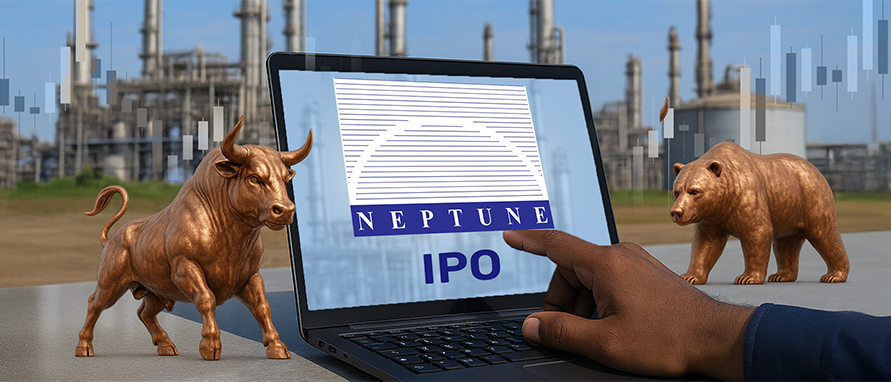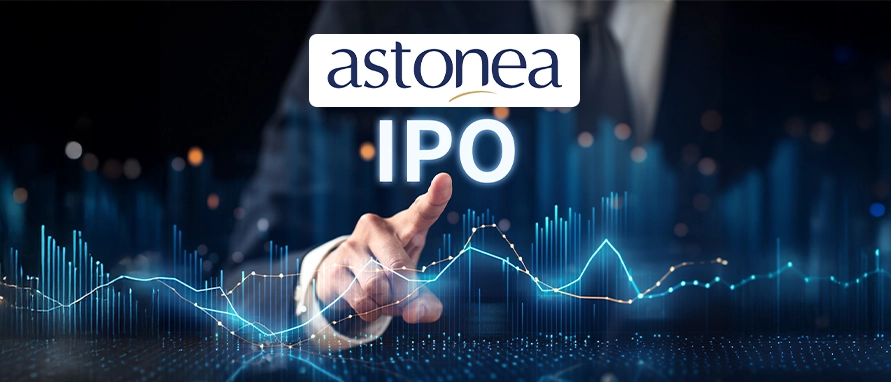Advantages and Disadvantages of Share Buyback
Share buybacks are a common method companies use to return capital to shareholders, manage excess cash, or influence shareholder value. This strategy can increase earnings per share (EPS). However, it may also result in higher debt levels and a focus on short-term stock price performance rather than long-term growth.
As an investor, it is important to understand the advantages and disadvantages of share buybacks. This knowledge can help you make more informed investment decisions.
What is Share Buyback
Share buyback or stock repurchase, refers to a company’s decision to repurchase its shares from the stock market. This reduces the number of outstanding shares, which can lead to an increase in EPS and stock price. Companies usually buy back shares when they have excess cash or believe their stock is undervalued.
How Share Buyback Works
Companies typically use one of the following methods:
Tender Offer Buyback: The company buys shares at a set price above market value, accepting shares by ratio and returning unaccepted ones
Open Market Buyback: The company purchases shares on the open market at current prices during a set period
Dutch Auction Buyback: Shareholders bid within a price range, and the company buys shares at the highest price where demand meets the buyback quantity
Negotiated Buyback: The company directly agrees on terms with select investors, usually large shareholders, to repurchase shares privately
For example:
Consider a company with 1 million outstanding shares trading at ₹100 each. If it repurchases 1,00,000 shares, the outstanding shares are reduced to 9,00,000. This reduction can improve earnings per share, influence market perception, and enhance shareholder value.
Reasons for Share Buyback
Companies typically engage in buybacks for the following reasons:
To return surplus cash to shareholders
To increase earnings per share
To signal confidence in future prospects
To gain tax and capital loss benefits
To consolidate ownership and increase control
Different Methods of Share Buyback
Tender Offer
The company offers to buy back shares directly from shareholders at a fixed price, usually at a premium.
Open Market Purchase
Shares are bought back from the open market over time at the prevailing market price.
Book-Building Process
Shareholders bid within a price range, and the company buys back at the discovered price.
Odd-Lot Buyback
Targets small shareholders holding odd lots (non-standard quantities) to reduce administrative costs.
Buyback through Stock Exchange
The company places buy orders through the exchange, allowing shareholders to sell their shares anonymously.
Advantages of Share Buybacks
Share buybacks can have several positive outcomes for both companies and investors. Below are the main advantages:
Improved Earnings Per Share
By reducing the number of shares outstanding, share buybacks increase a company’s EPS. This key financial metric can be used to assess profitability. When the company repurchases shares, the same level of earnings is divided among fewer shares, boosting EPS.
Potential for Share Price Increase
Share buybacks can lead to a rise in the share price. Since buybacks reduce the number of shares available in the market, they increase demand for the remaining shares. This can push the share price up, potentially resulting in capital gains for shareholders.
Return of Excess Cash to Shareholders
If a company has excess cash and no immediate investment opportunities, it may choose to buy back shares instead of letting the cash sit idle. This method returns value to shareholders without committing to long-term dividend payments.
Signalling Confidence in the Company’s Future
When a company buys back its shares, it signals to the market that it believes the stock is undervalued and has confidence in its future performance. This can encourage further investment in the company.
Improved Capital Structure
Buybacks can improve a company’s capital structure by reducing the number of shares outstanding. This can enhance key financial ratios such as Return on Equity (ROE) by reducing the equity base and boosting EPS , making the company more attractive to investors.
Disadvantages of Share Buybacks
Share buybacks offer several advantages but also carry risks and disadvantages. Below are the main drawbacks companies and shareholders should consider.
Short-Term Focus
Share buybacks can sometimes be used to temporarily boost stock prices rather than investing in long-term growth. This short-term focus can be detrimental to a company’s financial health. It may also lead to missed opportunities for innovation, research, or new projects.
Debt Financing
Some companies borrow money to finance buyback programs. This increases their debt load and can strain their financial health. Higher debt levels may make it harder to manage during economic downturns due to debt servicing obligations.
Artificially Inflated EPS
Buybacks can increase EPS without improving actual earnings. EPS may rise simply because the number of shares is reduced, which can mislead investors about the company’s true performance.
Missed Growth Opportunities
Funds used for buybacks could have been invested in growth opportunities. For instance, the company might invest in product development, acquisitions, or infrastructure improvements. Choosing buybacks may lead to missing long-term investments that drive sustainable growth.
Overvaluation Risk
If a company repurchases shares when they are overvalued, it risks wasting capital. Buying shares at high prices can lead to losses if the stock price subsequently falls, thereby reducing shareholder value.
Regulatory Aspects of Share Buybacks
Share buybacks are regulated in India by the Securities and Exchange Board of India (SEBI). It has established certain guidelines to be followed when executing a buyback programme. These rules aim to ensure transparency, fairness, and the protection of shareholders.
Some key guidelines for share buybacks in India include:
Buyback Limitations
Companies can buy back up to 25% of their total paid-up capital and free reserves in a financial year. This limit applies to both equity and other eligible securities.
Minimum and Maximum Prices
For tender offers, the buyback price is usually a premium to the market price. For open market purchases, the company buys at prevailing market prices up to a maximum price specified in the buyback offer.
Disclosure Requirements
Companies must report the buyback programme to SEBI and the stock exchanges. They must also provide regular updates on the progress of the buyback.
Conclusion
Share buybacks can be a powerful tool for enhancing shareholder value, improving EPS, and managing excess cash. However, they also come with risks, such as increased debt, short-term focus, and the potential for overvaluation.
It is essential to carefully assess the reasons behind a company’s buyback. The long-term impact should also be considered before evaluating its overall financial position.
Disclaimer
This content is for informational purposes only and the same should not be construed as investment advice. Bajaj Finserv Direct Limited shall not be liable or responsible for any investment decision that you may take based on this content.
Frequently Asked Questions
How does a share buyback affect shareholders?
Buybacks can raise the value of remaining shares, which may benefit long-term shareholders. However, poorly timed or executed buybacks carry risks.
What are the regulatory guidelines for share buybacks in India?
In India, share buybacks are subject to SEBI regulations. These cover buyback limits, disclosure requirements, and related tax implications.
What is the reason behind companies engaging in share buybacks?
To return surplus cash to shareholders, improve financial ratios, or signal confidence in the company’s future.
What is the impact of a share buyback on a company's financial statements?
It reduces cash reserves and the number of outstanding shares, improving earnings per share (EPS).
Can a share buyback affect the company's stock price?
Yes, it often boosts the stock price in the short term by reducing supply and signaling positive outlook.
How are share buybacks compared to dividends?
Both return value to shareholders; buybacks offer flexibility and tax efficiency, while dividends provide regular income.
Are there any regulatory authorities associated with share buybacks in India?
Yes, SEBI (Securities and Exchange Board of India) regulates buybacks under the SEBI Buyback Regulations.
How should investors evaluate a company's share buyback program?
Assess the company’s motive, financial health, buyback price vs. market price, and past use of buybacks.






















































